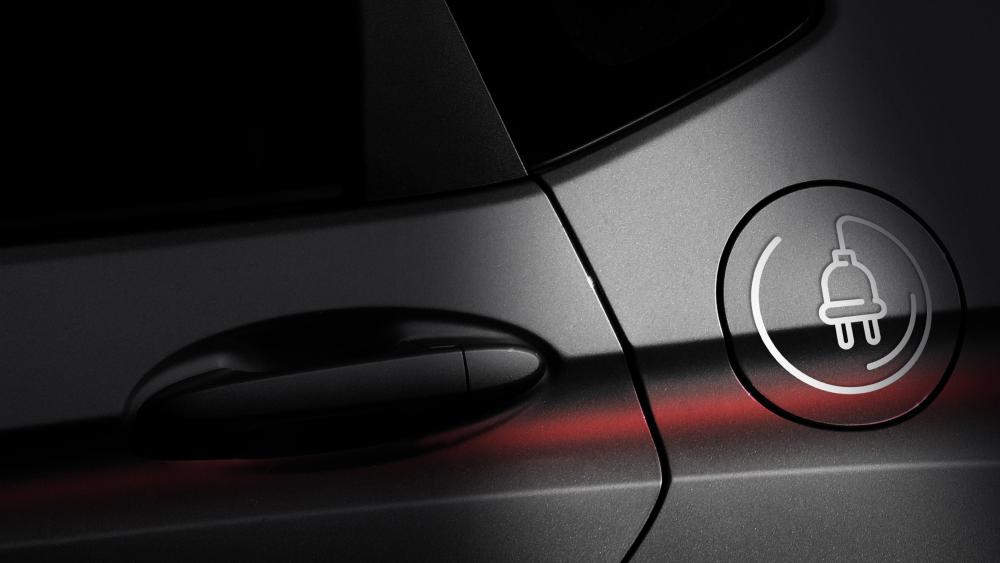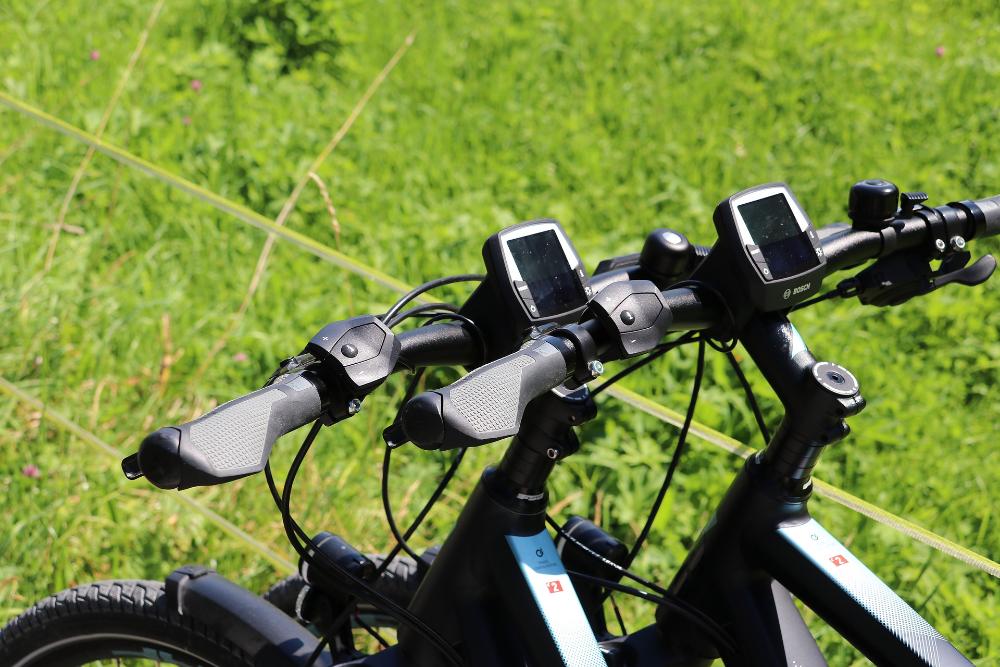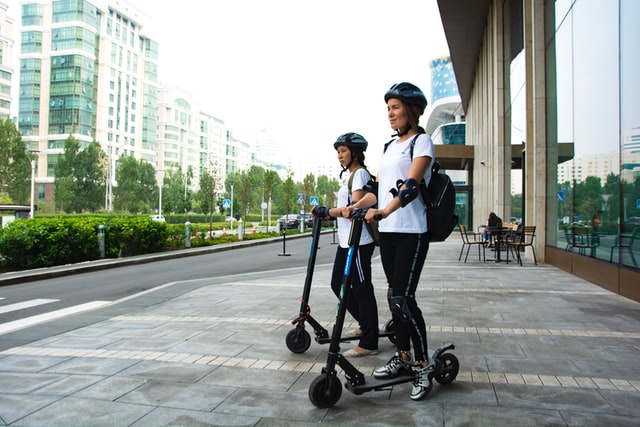E-Mobility & Transportation – Electrically into the Future
08/09/2024
E-mobility transportation alternatives are key to achieve significant CO2 savings slowing down climate change.
However, which e-mobility transportation trends are available to us now and in the near future and how can we travel in a climate-friendly way? The following article provides an overview:
Electrical vehicles: Faster charging times
The number of e-cars registered worldwide has reached a new record level: As of middle 2024, around 40 million electric vehicles were on the road globally.

Already available for many vehicles: DC Fast Charging
However, one challenge regarding the acceptance of electric vehicles revolves around long charging times. This is partly due to the fact that our power grids use AC: if the car is charged from a normal power outlet or even a three-phase socket, the AC current must be converted to DC to charge the battery. An onboard charger is used for this. However, even with the best technology and the best possible efficiency, it will heat up. As space and cooling possibilities in the car are limited, it is not possible to draw as much power as desired. This leads to charging times of several hours to fully charge the battery.
DC charging avoids this problem: if the AC/DC conversion takes place outside the car, the battery can be charged directly (without onboard charger). The cooling can then be placed in the charging station, where space is not so limited. Thus, much higher power levels and charging times of approximately 30 minutes up to 80% charging are possible.
Another advantage is that some regenerative energies can be used more directly. If the electricity is obtained from photovoltaic or energy storage systems, only DC/DC converters are required. This also leads to higher efficiency due to lower losses. DC Fast Charging is already available for many vehicles.
Fast travel through the tube
Perhaps you don't immediately think of the Hyperloop concept when you think of e-mobility. The Hyperloop is a proposed high-speed transport system in which capsules glide in a largely evacuated tube on air cushions at almost sound velocity. Here too, electricity is used for propulsion. Transportation capsules move through an evacuated tube, almost reaching the speed of sound. In the vicinity of stations, linear motors provide high acceleration, similar to a magnetic levitation train. On the way, electric motors keep the speed constant. The concept is intended to make travelling faster and more environmentally friendly than flying.

Hyperloop: an e-mobility means of transportation of the future?
Right now, several technology companies and research institutions are actively developing various elements of the Hyperloop system. Several test tracks have already been built and many have been proposed for commercialisation. However, not all challenges have yet been overcome. It will be some time before the system can be realistically deployed.
Quick City Hopping with Air Cabs
In many eyes they are the embodiment of modern mobility: air cabs. These small flying vehicles are designed to relieve inner-city traffic and enable short travel times between neighbouring cities. The electric drive does not only work without emissions but is also very quiet, so that neighbourhood residents, for example, are not disturbed.
City hopping via air cabs could soon become reality
A German company is already at an advanced stage of development: starting in 2025, the aircraft is supposed to carry 5 people (1 pilot + 4 passengers) safely and cleanly on first commercial flights. With a maximum speed of 300km/h and up to 60 minutes of flight time, travels between cities will be significantly simplified. Vertical take-off and landing reduce the space needed at the taxi stations.
Ferry under power: Over the sea with an electric motor
Electric drives can help the climate not only on the road or in the air. E-mobility also improves transportation on the water.
Ships in particular have a bad reputation due to the use of heavy fuel oil. Therefore, cruise and container ships are increasingly equipped with electric motors and batteries. However, complete electrification is only possible for relatively small ships and short distances due to the huge energy demand.
In August 2019, a ferry in Denmark was fitted with the largest battery to date, an impressive 50,000 kWh. With this energy, the ferry will be able to cover its full travel distance of around 100 km.
Also, in Norway, the first completely electric and autonomous cargo ship is to be put into service. The ship will connect a fertilizer plant to two ports, located respectively some seven and 30 nautical miles away. With a loading capacity of 120 containers, it will save about 40,000 truck journeys per year. The ship was scheduled to go into operation in 2020, but unfortunately the project had to be interrupted due to the Covid-19 pandemic.
Considerably more than 120 containers can be transported on large ocean-going container ships. Cruise ships are also considerably larger and travel much longer distances. Here, the electric motor today only serves as an add-on and improves the efficiency of the combustion engines. Cruise ships have already been fitted with batteries with up to 10,000 kWh.

Crossing the oceans – electrically
For full electrification, the huge container ships of our time would need battery capacities of dozens of GWh. The correspondingly large batteries would take up valuable space reducing the cargo capacity.
A Canadian company is working on a cooling system for huge battery packs like those used on ships. Although the cooling does not prevent the battery from failing, it does limit heat generation and thus prevents fire and explosions.
Charging these gigantic batteries is connected to big challenges. How long will it take to charge them? Where will the energy come from in such a short time?
Therefore, we will probably not see purely battery-powered container ships in the foreseeable future. Instead, batteries could be combined with other environmentally friendly methods. These include hydrogen, solar and wind. Solar and wind are readily available on the ocean.
Alternative solutions for the urban jungle
E-mobility also increases the diversity of transportation. Small and very small vehicles can easily be powered electrically. Usually they don’t need long ranges anyway, and the light vehicles can be operated with relatively small batteries.

Quick, efficient and eco-friendly: e-bikes
One example are cargo bicycles. In principle, these have been around for a long time, especially at the postal service. But motorization with electric motors means that they can be used in a wider variety of situations: Even untrained people can use bicycles to do their shopping or take their children to kindergarten and school. The transport of goods in cities, in pedestrian zones or on the last mile to the end customer is not only more environmentally friendly with an electric bicycle, but also more efficient. Bicycles also take up less space and are easier to get into narrow, congested streets.

E-scooters: Quick and agile transportation within cities
E-scooters can be used for the last mile between public transport and work/home. However, miniature electric vehicles are also used for freight transport. Logistics companies are testing drones to deliver parcels. There are even tests for autonomously driving robots delivering pizza or parcels.
A bright future for e-mobility
The way into the mobile future is marked out. Around the globe, research is being conducted on new emission-free drives. ROHM helps to shape this development and advances it as an ambitious driver of innovation. Within our global network our engineers develop and manufacture sophisticated, high-performance products for e-mobility.
Stay informed about ROHM’s activities in the field of e-mobility by following us on LinkedIn: ROHM Semiconductor Europe.
